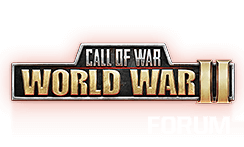I'm a bit unclear on stacking optimization for aircraft. I've seen advice for early-game stacks of 4 Tac 3 Attack 3 Inter (10 total), and then for later in the game, stacks of 5/5/5 and 10/10/10.
Is there a limit to effectiveness of stacked air units, as there is for land and naval units? (Or is there a limit to effectiveness for stacked naval units?)
Other than survivability of the entire stack, why have a total number greater than 10 for all the air units present?
Is there a limit to effectiveness of stacked air units, as there is for land and naval units? (Or is there a limit to effectiveness for stacked naval units?)
Other than survivability of the entire stack, why have a total number greater than 10 for all the air units present?

